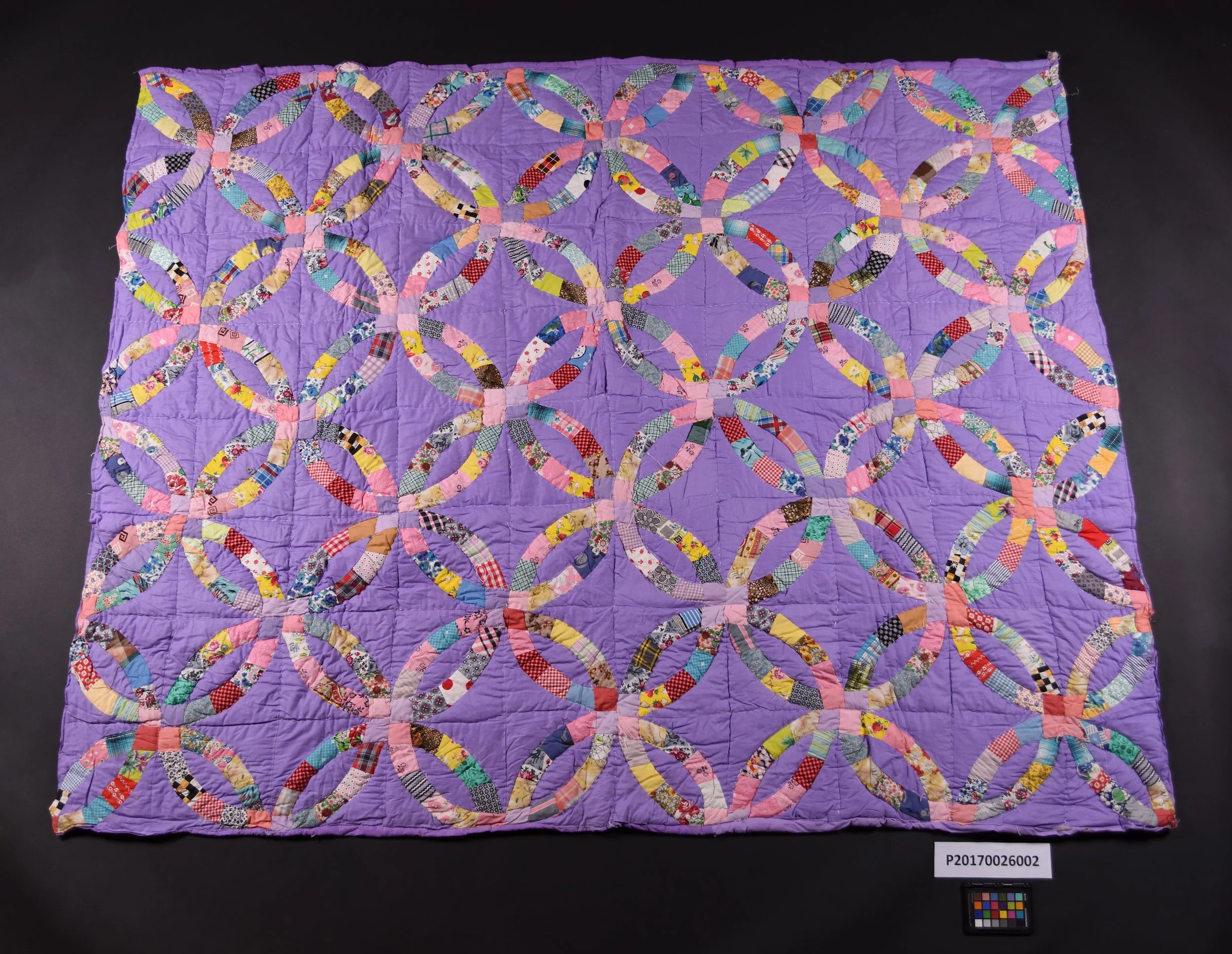The Legacy of Canada’s Residential School System
Photograph of an individual handing out small instruments to children at St Mary's Residential School.
Galt Museum & Archives, P19753000054.
The Government of Canada forced over 150,000 Indigenous children to attend residential schools in the span of about 150 years. Treaty 7 territory was the home of 10 of the 25 residential schools that operated across Alberta. The schools include St. Mary’s and St. Paul’s on the Blood Indian Reserve, St. Cyprian’s and Sacred Heart in Piikani Nation, Old Sun and Crowfoot (St. Joseph) in Siksika Nation, St. Barnabas in Tsuut’ina Nation, Morley in Stoney Nakoda Nation, and St. Joseph’s (Dunbow) in High River. The last local residential school to operate in Treaty 7 territory was St. Mary’s Residential School, which operated from 1926 until 1988 (it replaced the earlier Immaculate Conception Boarding School established in 1898).
School staff documented around 6,000 deaths at schools across Canada, but the actual number of children who died at residential schools is likely significantly higher, as staff did not record many other deaths. According to Volume 4 of the Truth and Reconciliation Commission of Canada’s final report, Alberta's residential schools recorded 821 school-related deaths, the highest number in the country. This number continues to grow as unmarked graves are identified at residential schools. Canadians may never know the true number of children who died in and because of Canada's residential school system.
Blood Tribe Councillor Piinaakoyim Tailfeathers speaks at the City of Lethbridge's raising of the Blackfoot Confederacy Flag, June 21, 2021.
Photo by Galt Museum & Archives
Reconciliation is a process of understanding and accountability that can bridge the gap between Indigenous peoples and non-Indigenous Canadians. The City of Lethbridge has established the Reconciliation Lethbridge Advisory Committee, which is working with Niitsitapi and non-Indigenous neighbours to spearhead important conversations and work in our region. Some steps you can personally take to further the important work of reconciliation between Indigenous communities and allies include:
learn about Indigenous history, culture and language;
abandon stereotypes and replace them with personal relationships;
acknowledge and respect Indigenous rights;
support the reclamation of identity, language and culture;
recognize intergenerational impacts of genocide, assimilation, and colonization; and
take responsibility and accountability for actions that may have once caused harm and learn from past mistakes.
You can find archival resources and images relating to the history of residential schools in southern Alberta at https://collections.galtmuseum.com.












Dr. Frank Hamilton Mewburn was a wiry and fiery surgeon, politician, army officer, and university professor who greatly contributed to the development of Lethbridge. Mewburn came from a long ling of medical professionals, graduating from McGill University in Montreal in 1881.